
Weenect
Key Features
Real-time GPS tracking, no distance limit, and multi-network compatibility ensure reliable pet monitoring.Ideal for Tracking Pets
Perfect for keeping tabs on cats and dogs with its advanced tracking capabilities.Praised for Its Convenience
Customers frequently commend the tracker's ease of use and long battery life.Exceptional
Do you worry when your cat wanders off? Cat GPS collars can help you know where they go. These smart devices make it easy to find your cat when they're out exploring. 🔍
Thanks to new tech, pet tracking is better than ever. Now, you can see where your cat is at any time. It works for both indoor cats who slip out and outdoor cats who love to roam.
GPS tracking collars do more than show where your cat is. They can tell you how active your cat is and send alerts to your phone when it goes too far.
Want to learn more about cat GPS collars 🐱? We'll show you how to pick the right one for your pet. You'll learn about the types, features, and top brands that can help keep your cat safe. 🏡
Let's break down how these smart devices find your cat. Understanding this helps you use them better.
The basic steps of GPS tracking:
1. Getting location:
2. Sending data:
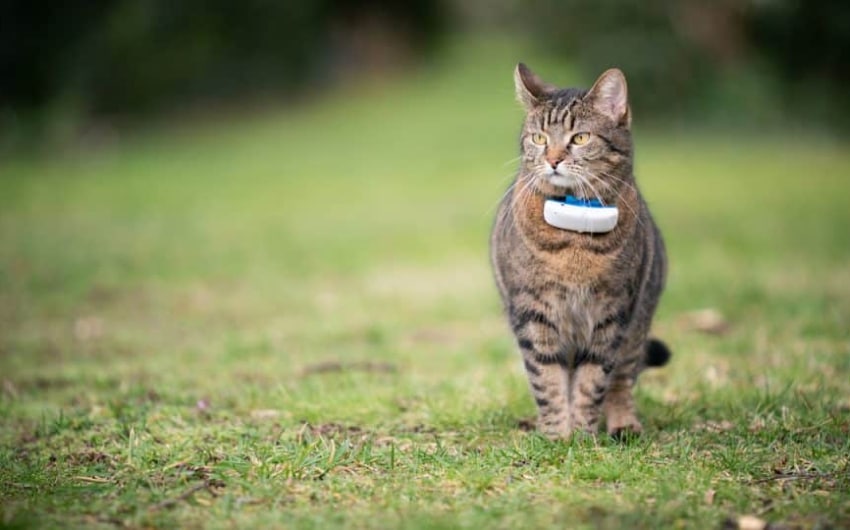
3. Showing results:
Inside buildings, the system works a bit differently:
There are three main types of cat-tracking collars. Each one works in a different way to help you find your pet. Let's look at what makes each type special.
GPS-only collars use satellites to find your cat. They work best in open areas where there's a clear view of the sky.
These collars don't need cell service to work. This makes them great for country areas where phone signals are weak.
Here's when GPS-only collars work best:
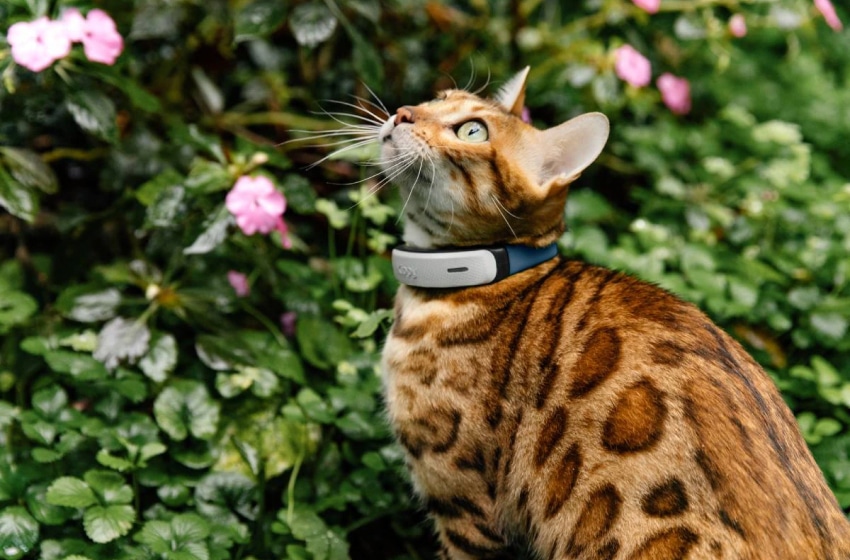
But keep in mind:
GPS + Cellular collars use both satellites and cell networks. They send updates right to your phone and work well in cities and towns.
These collars can tell you where your cat is at any time. Most come with apps that are easy to use on your phone.
Perfect times to use GPS + Cellular collars:

Extra features often include:
RF tracking collars use radio waves to find your cat. They work well indoors and in areas where GPS signals can't reach.
While they don't show exact spots like GPS does, they're great for finding cats inside your home or in nearby areas.
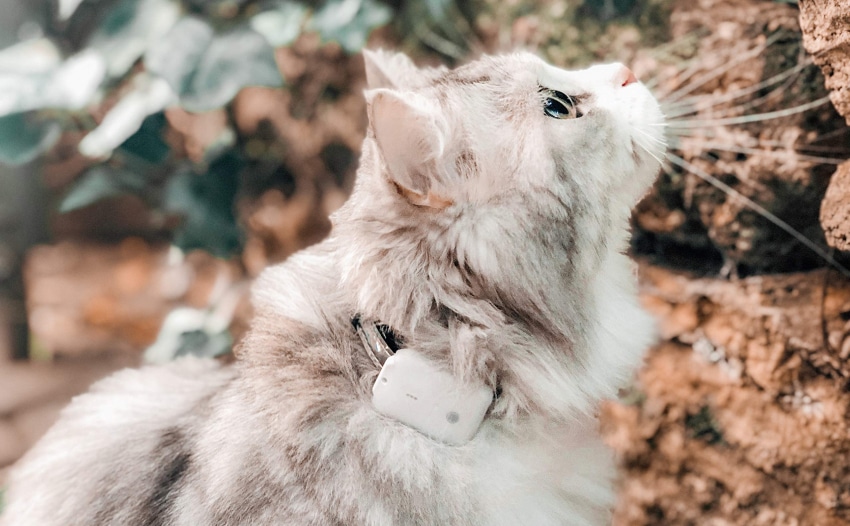
Best uses for RF collars:
Not all GPS collars work the same in every area. Your location and cat's roaming habits should decide which type you choose
There are some important things to consider when picking a GPS collar for your cat. Here's what matters most.
A good GPS collar needs a strong battery life to keep track of your cat. Most collars last between two and seven days on a single charge. The exact time depends on how often the collar sends updates.
More frequent updates mean the battery drains faster. Charging should be quick and easy. The best collars take about two hours to charge fully.
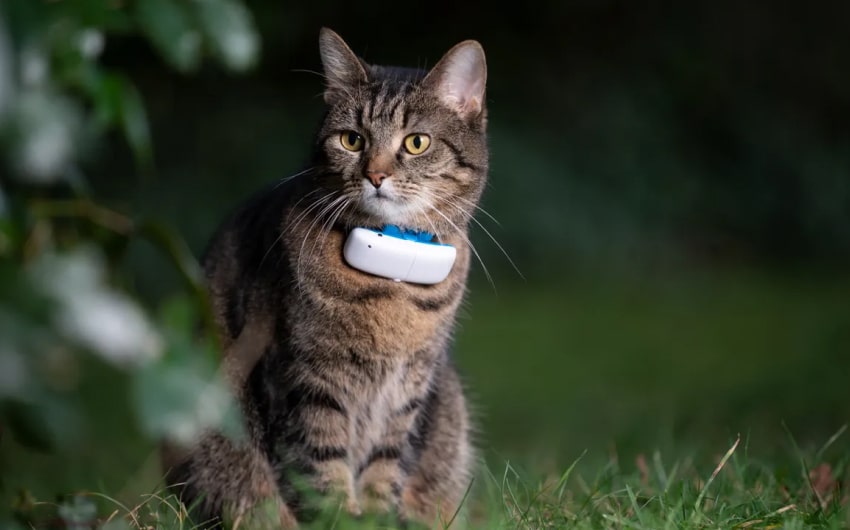
Many come with warning alerts when the battery gets low. This helps you avoid losing track of your cat because of a dead battery.
Even though most cats hate water, their GPS collars need to handle wet conditions. Look for fully waterproof collars, not just water-resistant ones. A good collar should work fine in rain, snow, or when your cat walks through wet grass.
The collar should also be tough enough for daily cat life. This means it can handle scratching, bumping into things, and rough play. Many good collars use strong plastic cases with sealed edges to keep water and dirt out.
Your cat needs to feel comfortable wearing their GPS collar all day. The device should weigh less than 5% of your cat's body weight.
For most cats, this means the collar should be under two ounces. Watch your cat when they first wear it - if they keep pawing at it or seem unhappy, you might need a lighter model.
Getting the right fit matters just as much as weight. You should be able to slip two fingers under the collar easily. Check the fit every few weeks, especially in young cats who might still be growing.
Good network coverage makes a big difference in how well your GPS collar works. Before you buy a collar, test the cell signal in your yard.
Walk around to find any spots where the signal might be weak. This helps you know where tracking might not work as well.
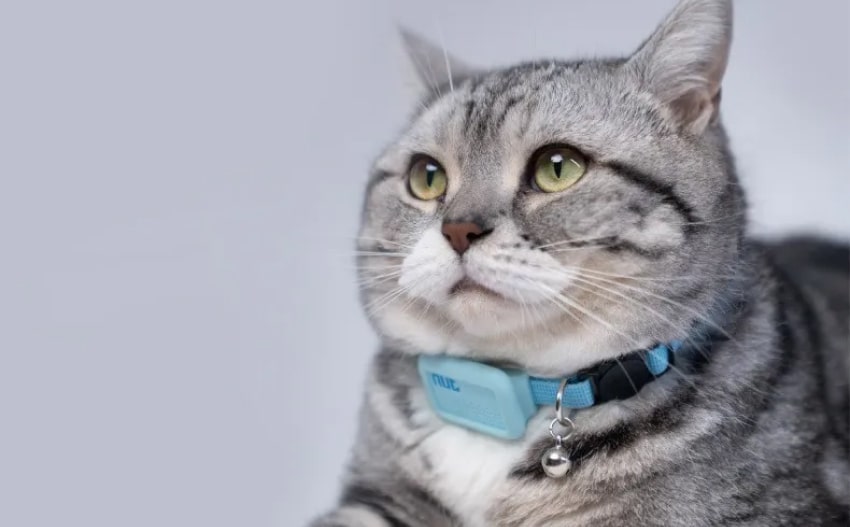
Don't just check your yard - think about your whole area. Look at cell coverage maps for your town. Talk to other cat owners who use GPS trackers. They often know the best brands for your location.
It's also smart to have a backup plan for areas with poor signals.
A GPS collar is only as good as its weakest feature. Better battery life and faster updates are worth paying more for.
Let's look at the best GPS collars you can buy for your cat. We've picked three top choices that work well for most cat owners.
Weenect Cat XS is a small but mighty GPS tracker that helps you keep an eye on your cat. This clever device works anywhere in the world, making it great for cats who love to explore.
The tracker sends updates every second, so you always know where your cat is. It works on multiple networks, including 5G and 4G, to give you the best coverage.
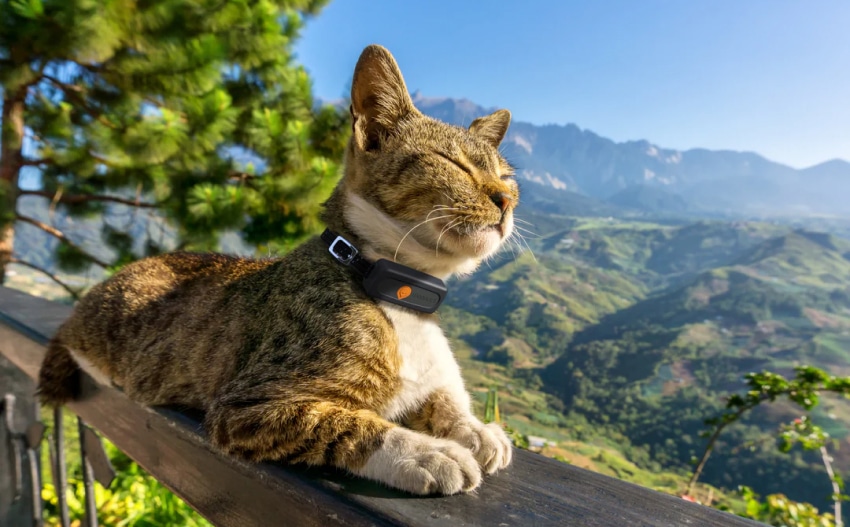
One cool feature is the training bell. Ring it at meal times, and your cat will learn to come home when they hear it. At night, the built-in flashlight helps you spot your cat in the dark.
The Weenect Cat XS collar might be the best cat GPS collar if you want to know all about your cat's adventures. It can show you where your cat goes and what it does all day long.
https://www.youtube.com/watch?v=TPNSSqo-b34
Tractive makes a GPS collar perfect for cats weighing more than 6.5 pounds. This tracker shows you where your cat is in real time, with updates every few seconds.
You can set up safe zones for your cat. If they leave these areas, you'll get an alert right away. The app also lets you see where your cat has been all day.
What makes this tracker special is its health tracking. It watches how much your cat moves and sleeps, helping you keep them healthy.
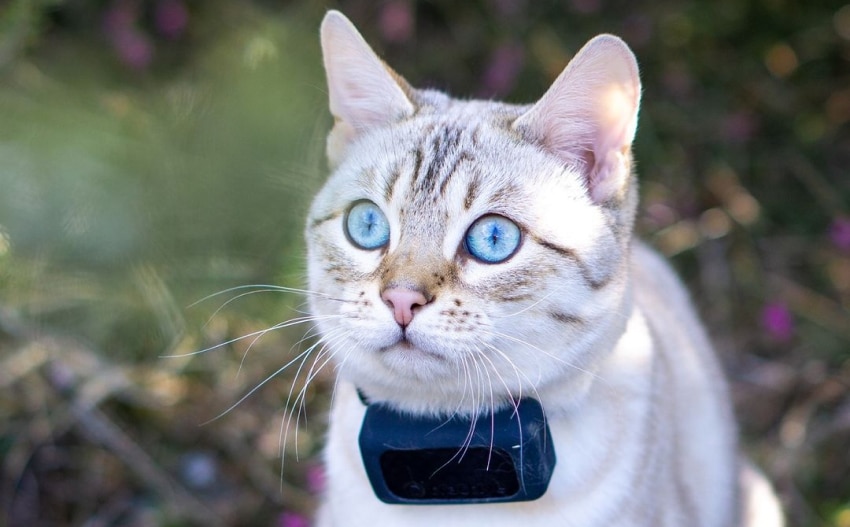
The battery lasts up to 7 days, which means less charging for you. It's also tough enough to handle water and rough play.
Pawfit 3 brings strong tracking power to keep tabs on your cat. It uses 4G networks to work well in most places.
This tracker has some neat safety features. You can set up to 10 safe zones and receive alerts if your cat leaves them. It also has lights for nighttime and warns you about extreme temperatures.
The battery can last up to 8 days, one of the longest times available. It charges quickly too - just 2.5 hours for a full charge.
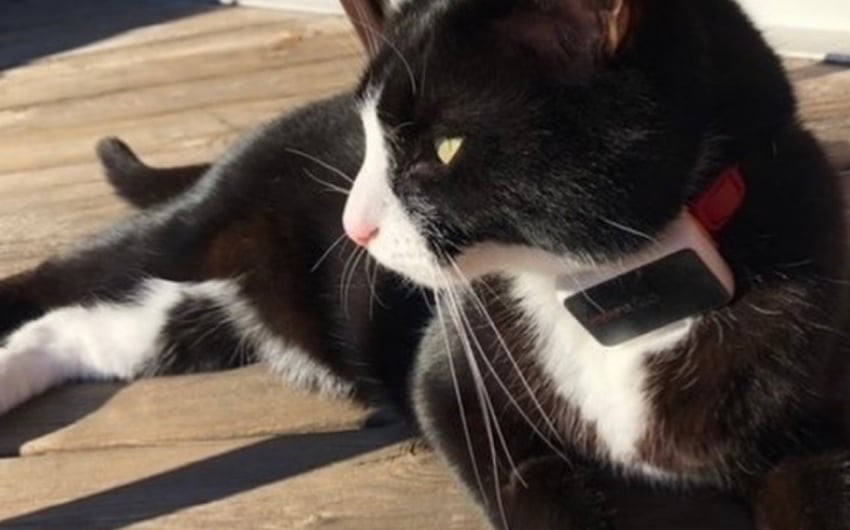
You can share the tracking app with family or pet sitters, making it easy for everyone to help keep your cat safe.
Getting your cat to wear a GPS collar takes patience and the right approach. Let's walk through everything you need to know about starting your tracking journey.
Start by letting your cat check out their new collar. Put it near their food bowl or favorite resting spot. This helps them see it as something normal and not scary. Some cats might need a few days to get used to seeing the collar before wearing it.
Try putting the collar on when your cat feels calm and happy. Right after a meal often works well. Keep some treats handy to make it a good experience. If your cat seems stressed, take a break and try again later.
A good fit makes all the difference in how well your cat accepts their GPS collar. Place the collar high on your cat's neck, just behind their ears. This spot keeps the collar from slipping off and helps the GPS work better.
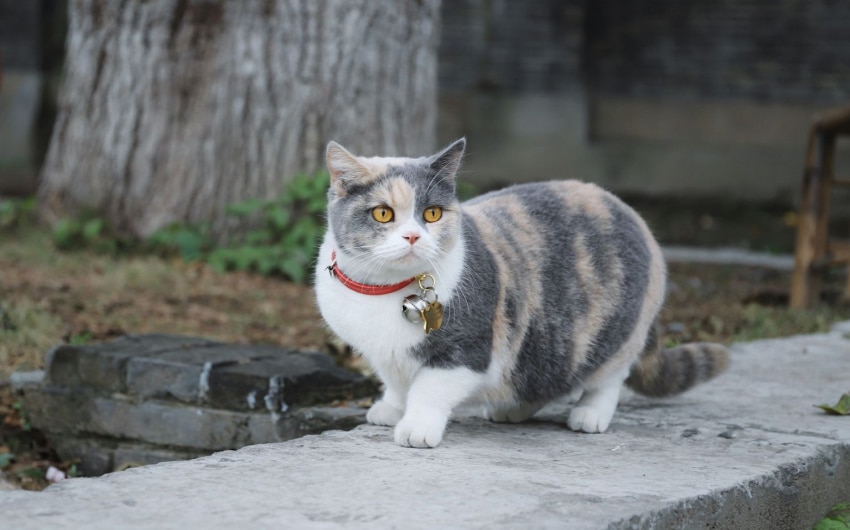
Check the fit using the two-finger rule. Slip two fingers under the collar - if they fit snugly, that's perfect. If you can't fit two fingers, the collar is too tight. If your fingers fit loosely, tighten the collar a bit more.
Begin with short tracking periods inside your home. Let your cat wear the collar for an hour while you watch how the tracking works. Check that updates come through to your phone correctly.
Look for any spots in your house where the signal might be weaker.
Once your cat seems comfortable, let it wear the collar for longer periods. For the first week, keep checking the fit each day.
Some cats might try to remove their collar, so watch for signs of this and adjust your approach if needed.
Many GPS tracking collars have a sound feature you can use to train your cat. Start using this sound at meal times. Your cat will learn that the sound means food and good things.
Later, you can use this sound to call them home when they wander too far.
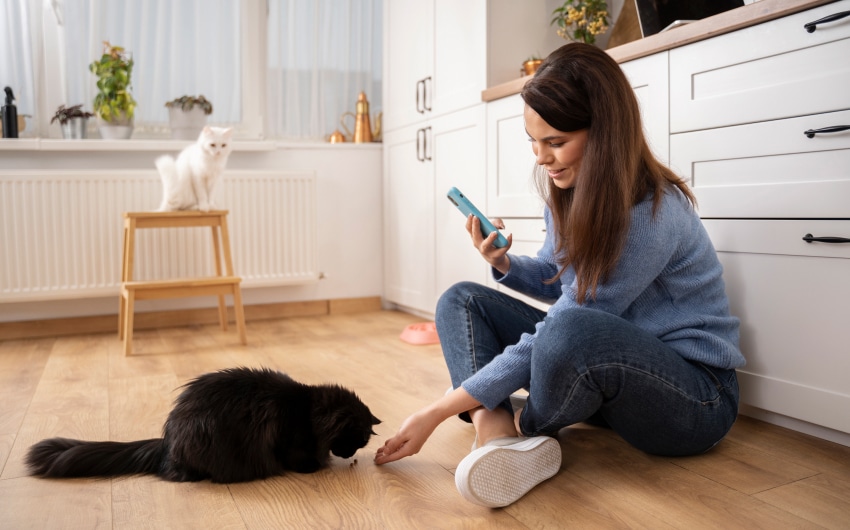
Practice makes perfect with collar training. Reward your cat when it comes to you while wearing the collar. This builds good habits and helps the cat accept the collar as part of its daily life.
Sometimes cats take longer to accept their GPS collar. Watch for signs that the collar bothers them, like excessive scratching or trying to pull it off. If this happens, try adjusting the fit or switching to a lighter model.
Keep the collar clean and charged. A dirty collar might irritate your cat's skin, and a dead battery means no tracking. Make collar checks part of your daily routine, just like feeding and playing with your cat.
The best collar for your cat depends on where you live and how far your cat roams. While cost matters, think about battery life and signal strength in your area.
A good GPS collar might cost more up front, but it's worth it for reliable tracking.
Remember that GPS collars work best alongside other safety measures like ID tags and microchips. Train your cat to come when called, and keep their vet records current.
Give your cat time to adjust to its new collar. Start with short periods and slowly increase wear time. Watch how your cat reacts and make adjustments if needed.
Whether you choose a basic tracker or a feature-rich collar, you're making a smart choice for your cat's safety.
Most GPS collars cost between $50 and $200 to buy. You'll also need to pay a monthly fee of $5 to $15 for the tracking service.
Batteries usually last 2-8 days, depending on how often they update. More frequent updates use more battery power.
They work best outdoors, but many can still track your cat inside, especially if they're near windows or doors.
Yes, they're safe when fitted properly. Make sure to get one that's the right size for your cat.
Yes, most GPS collars need a smartphone to show you where your cat is.
Most apps let you track several cats. Each cat needs their own collar, but you can see them all in one app.